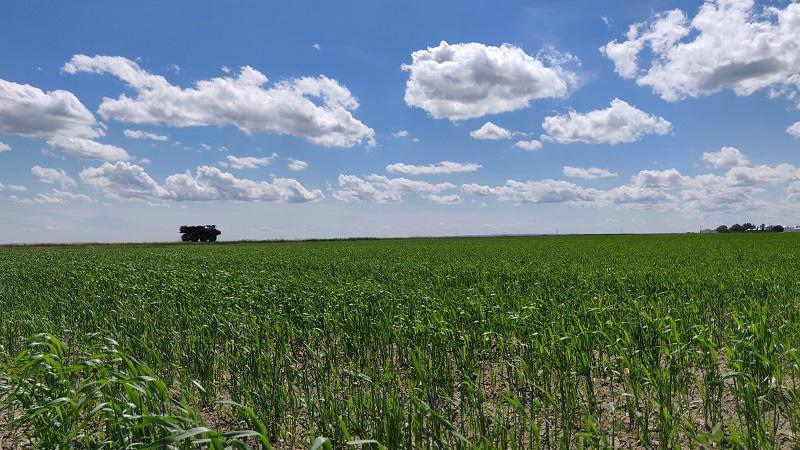
Heat and rain boost Saskatchewan crop development
Most Saskatchewan farmers have finished seeding, with others very close to being done.
Ninety-six per cent of the crop is in the ground, according to the latest Ministry of Agriculture crop report.
Conditions were quite dry with the recent heatwave. Provincial Cereals Specialist Sara Tetland said recent rains were welcomed by many to improve moisture conditions, but also caused delays for those trying to finish seeding.
“We’ve seen quite a bit of rainfall and in lots of the fields it is accumulating so some of those low spots are getting flooded out,” Tetland said. “But, for the most part, I’d say producers in the province have been happy to receive that rain, particularly in the western parts of the province but parts of the east as well.”


